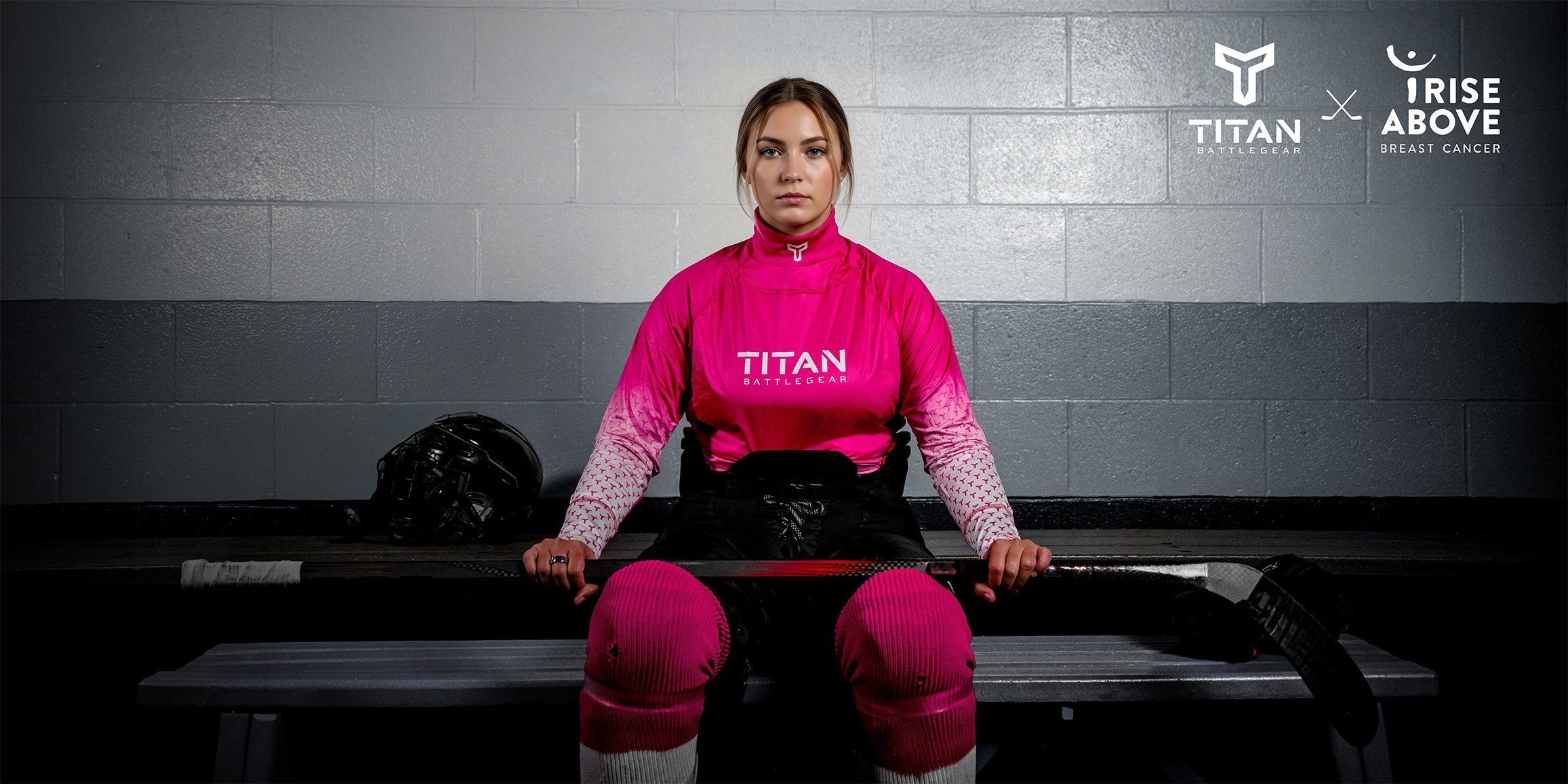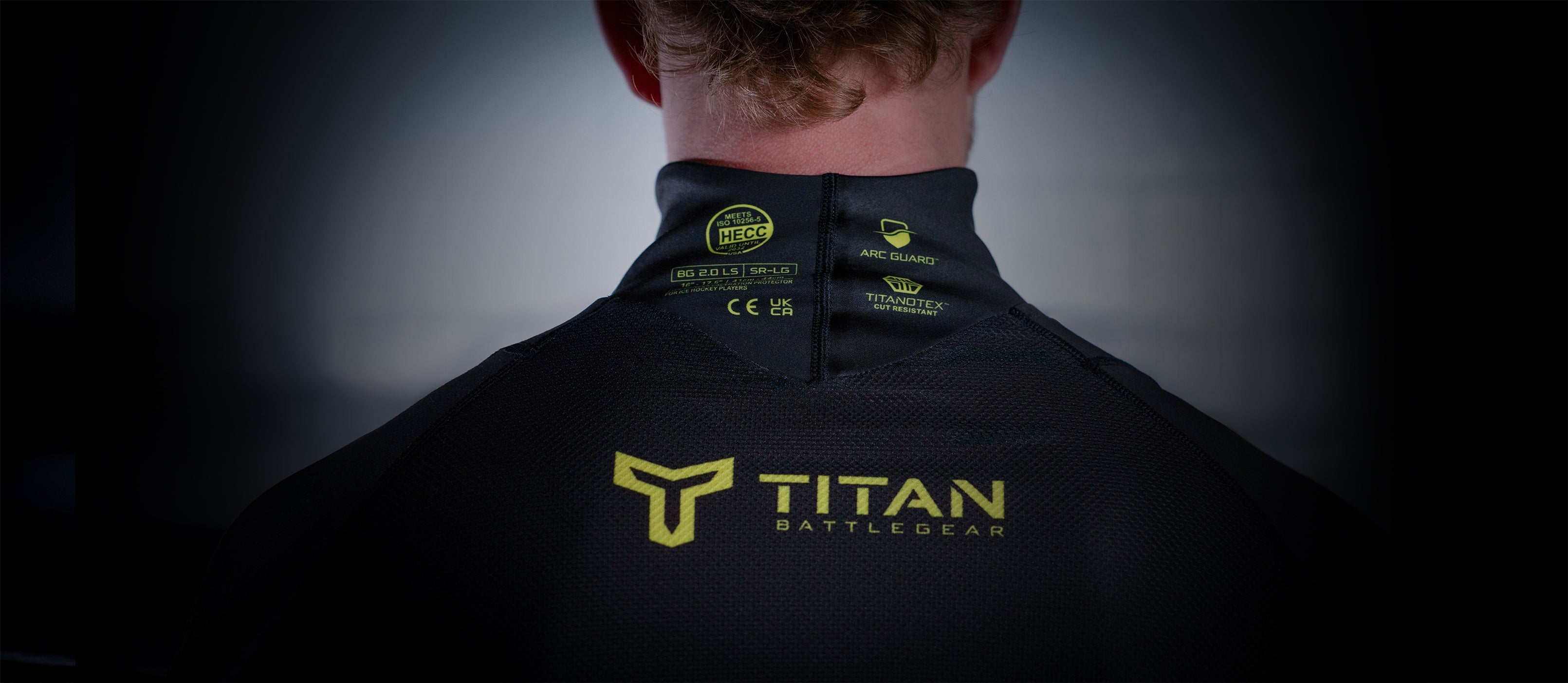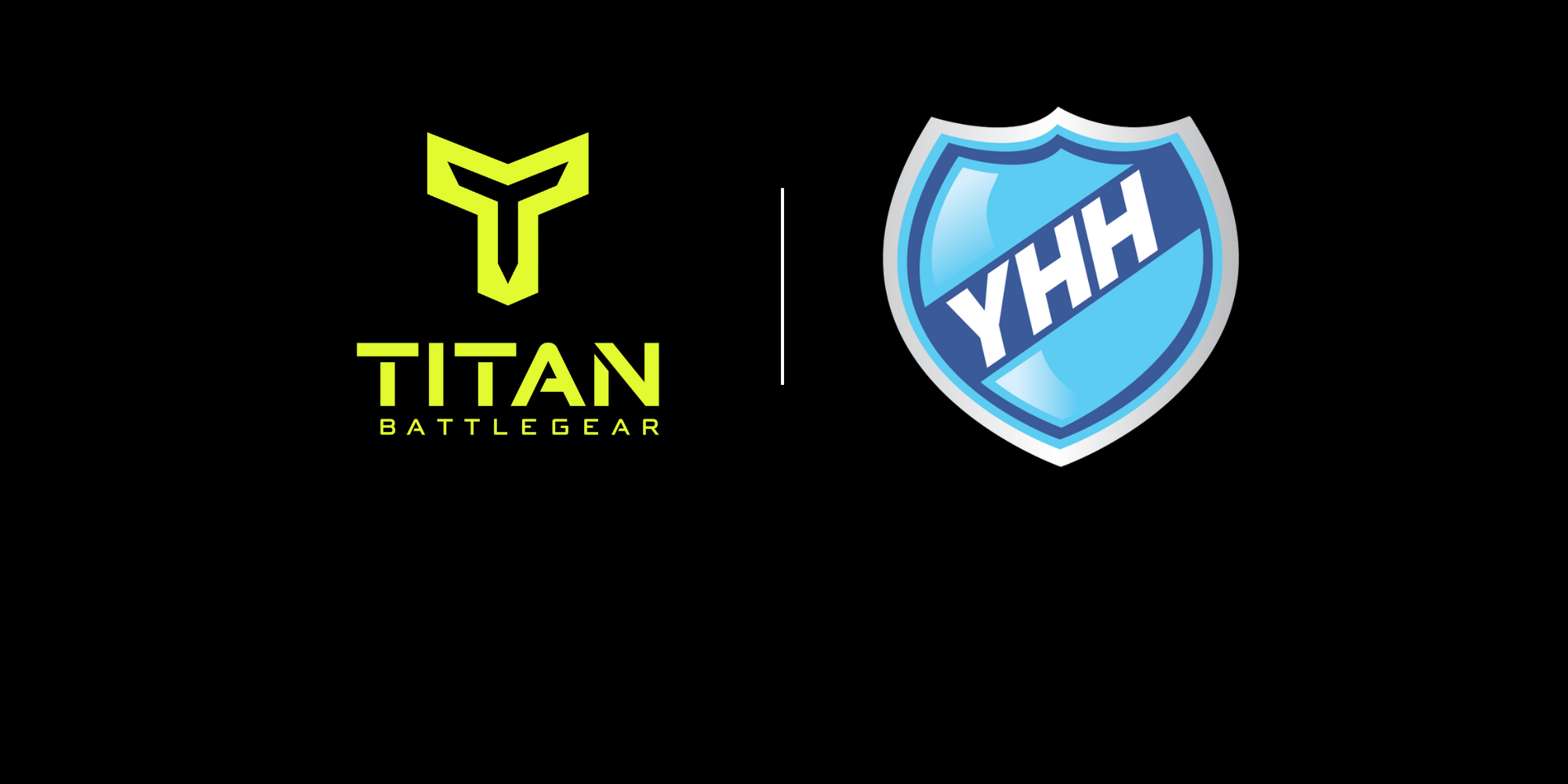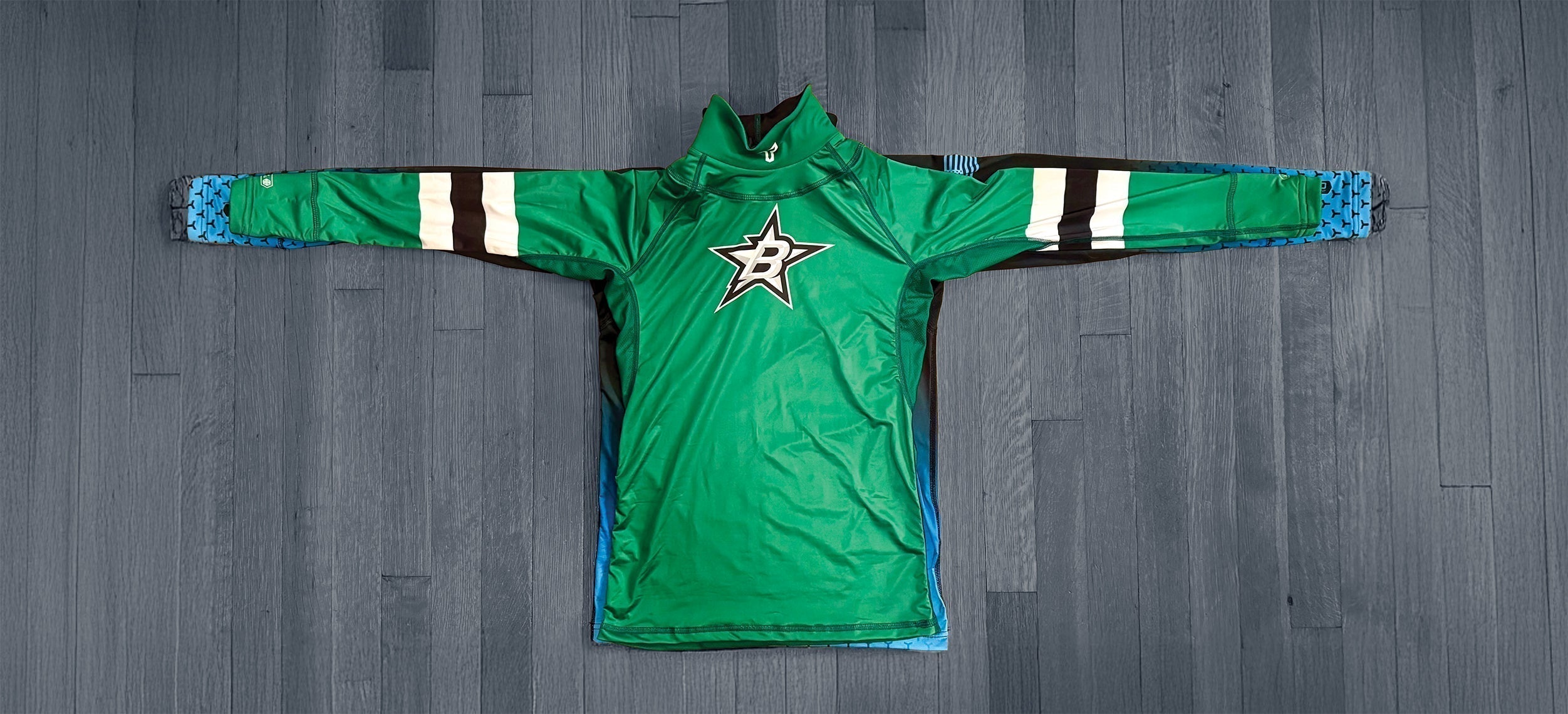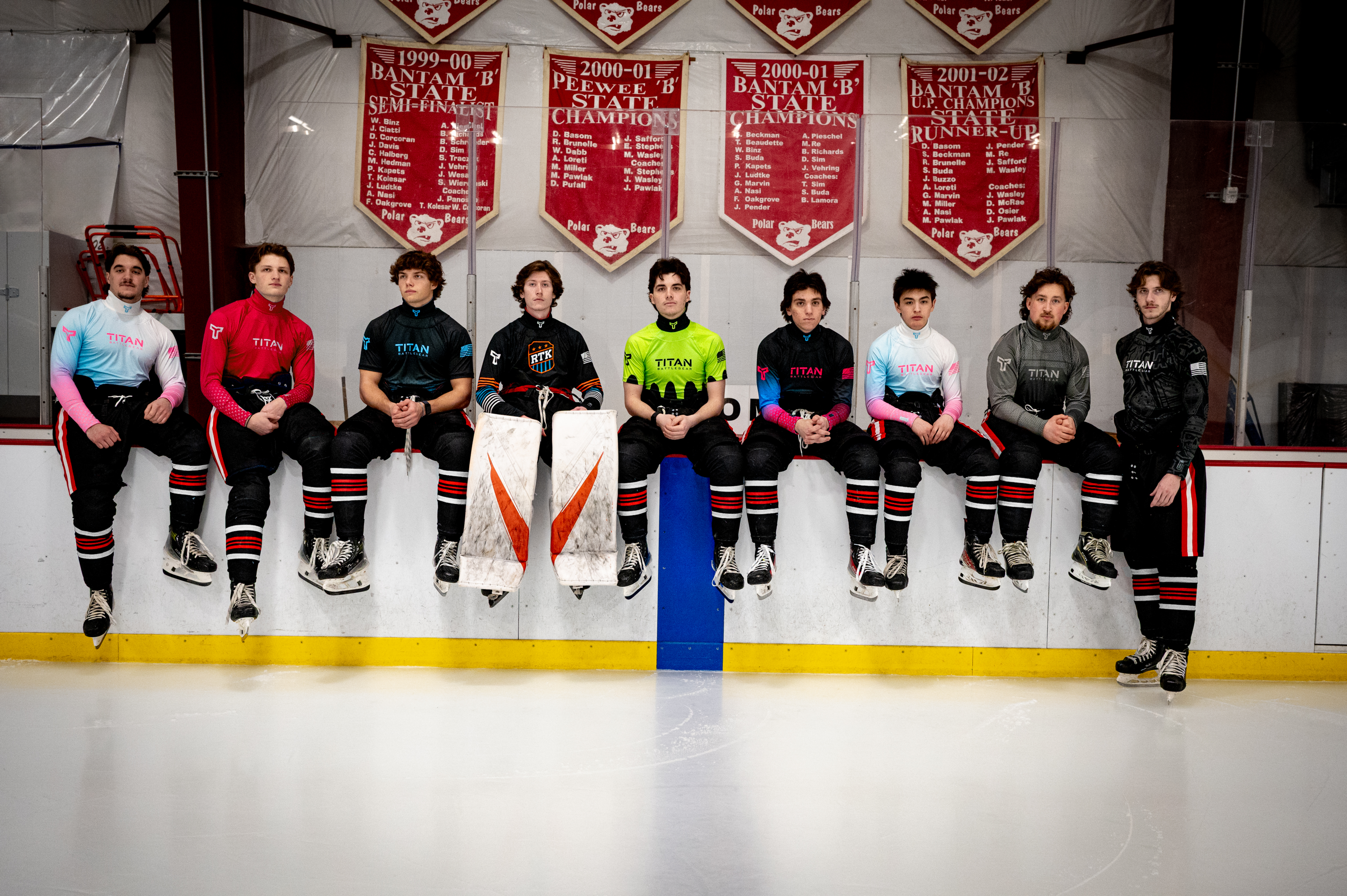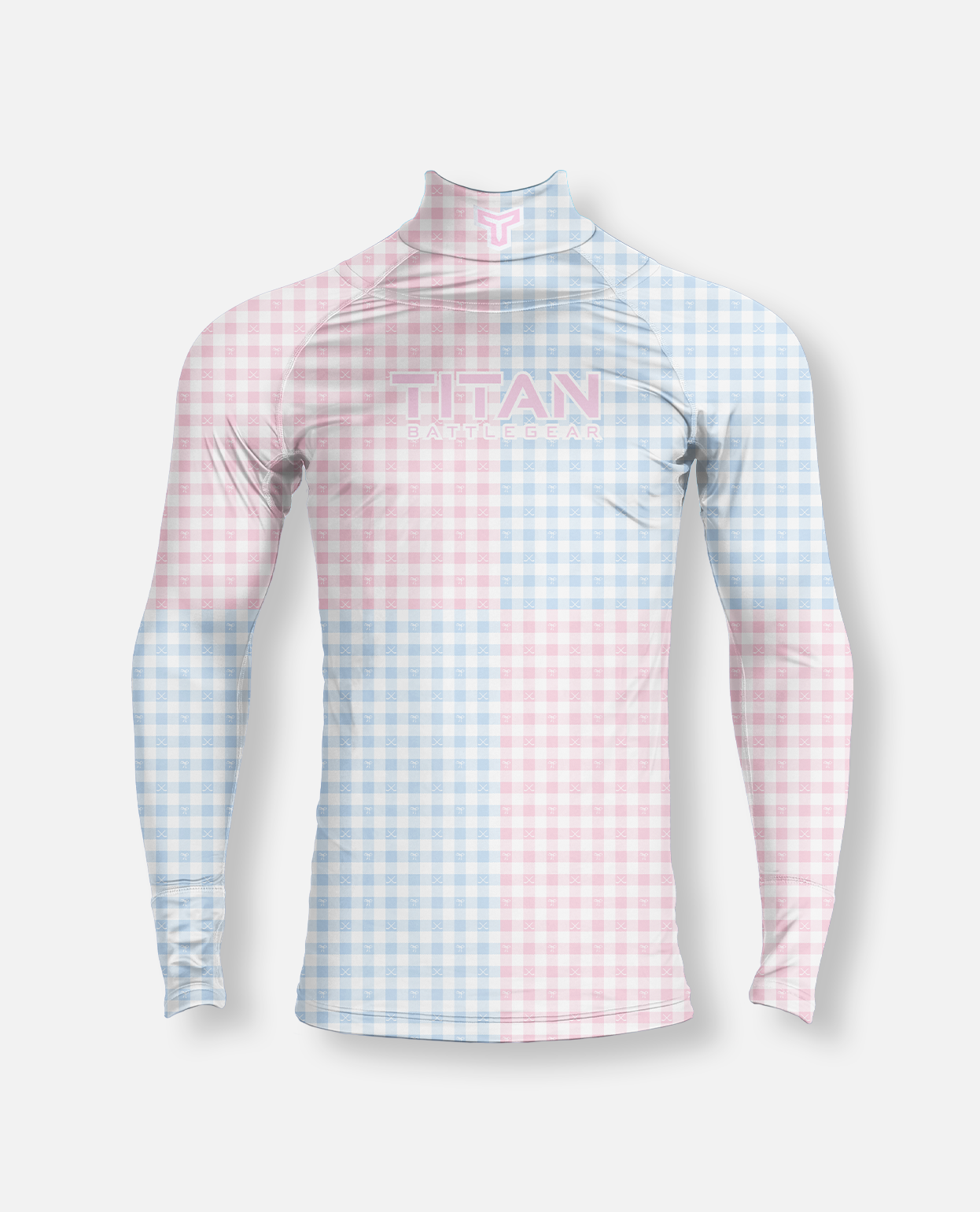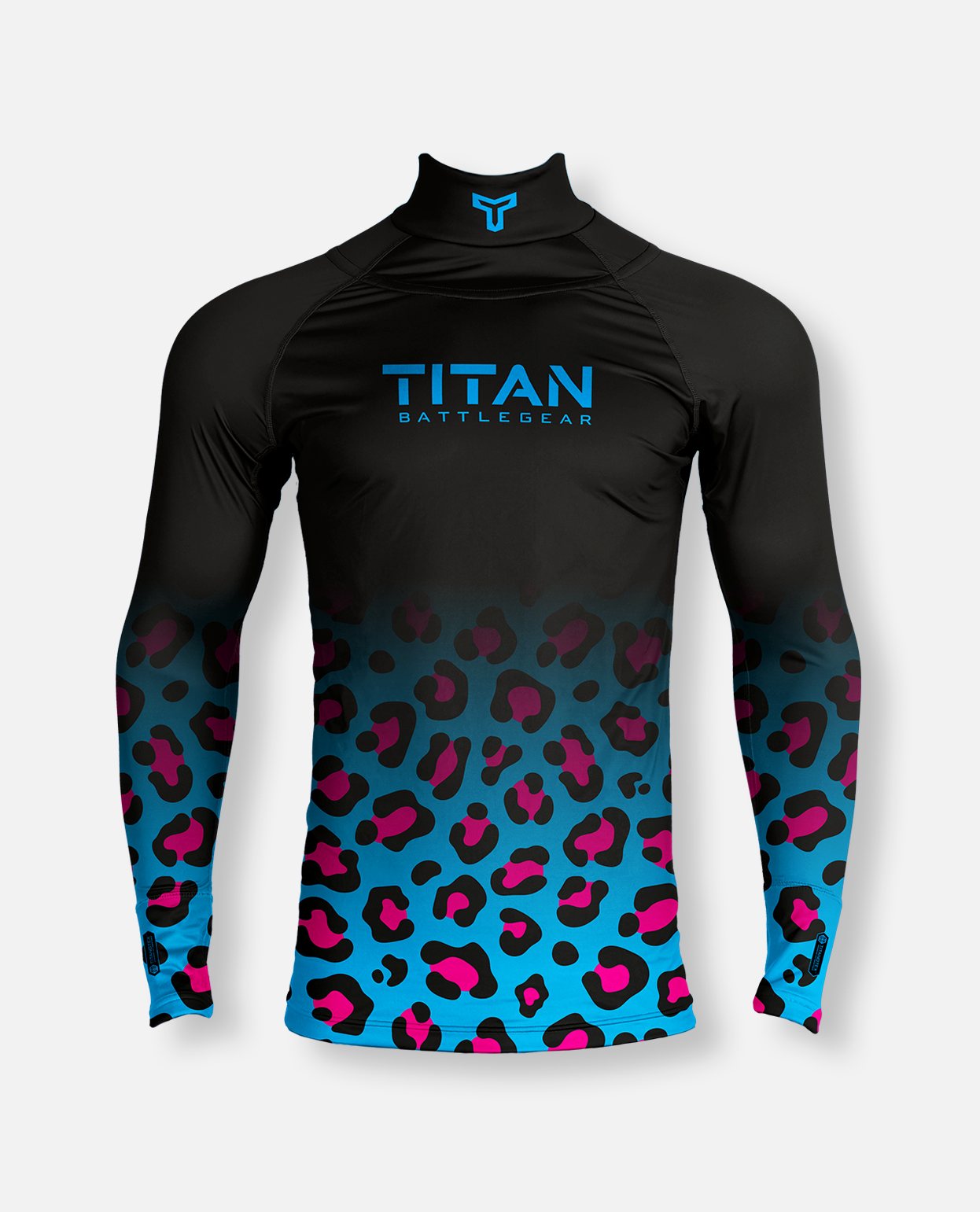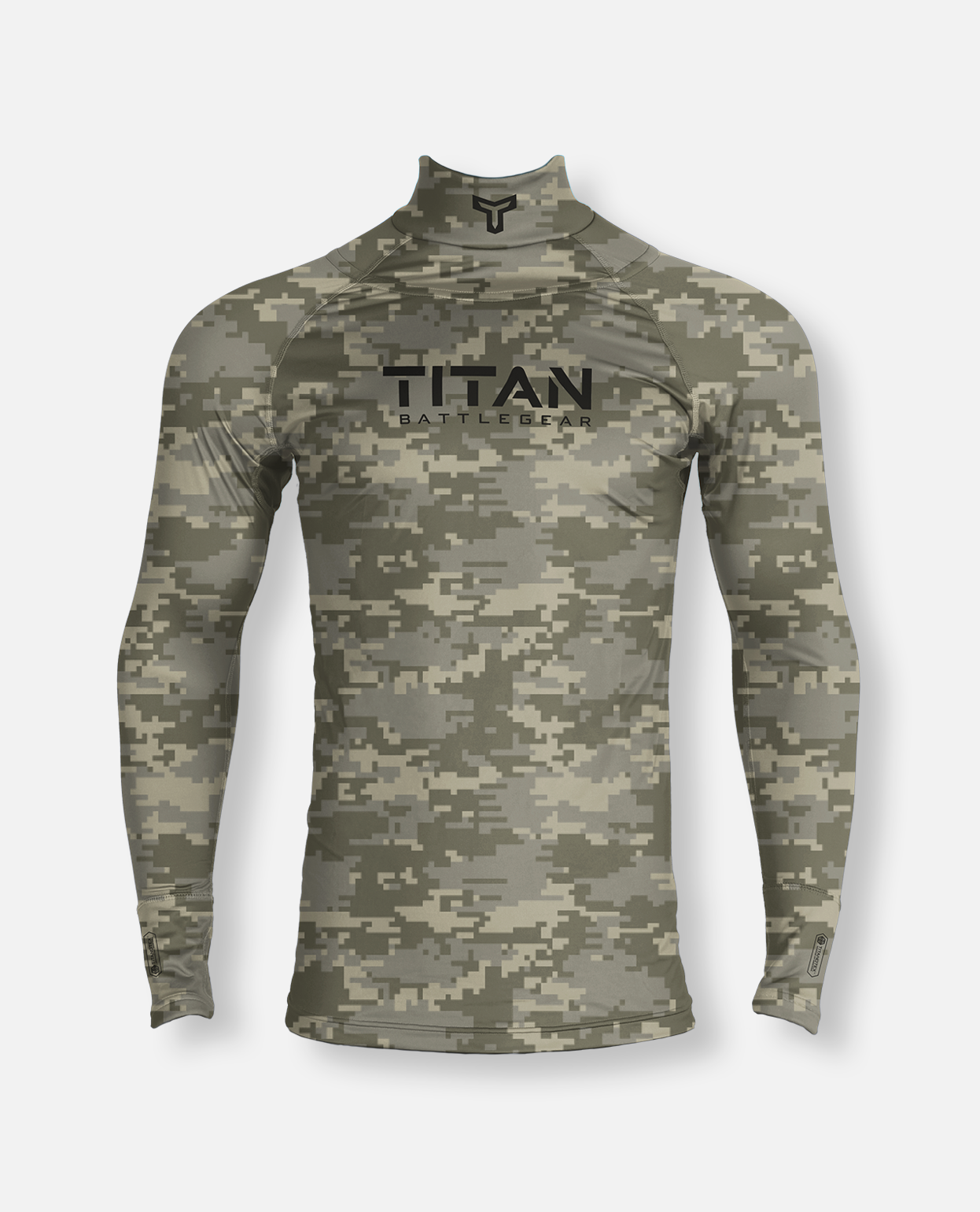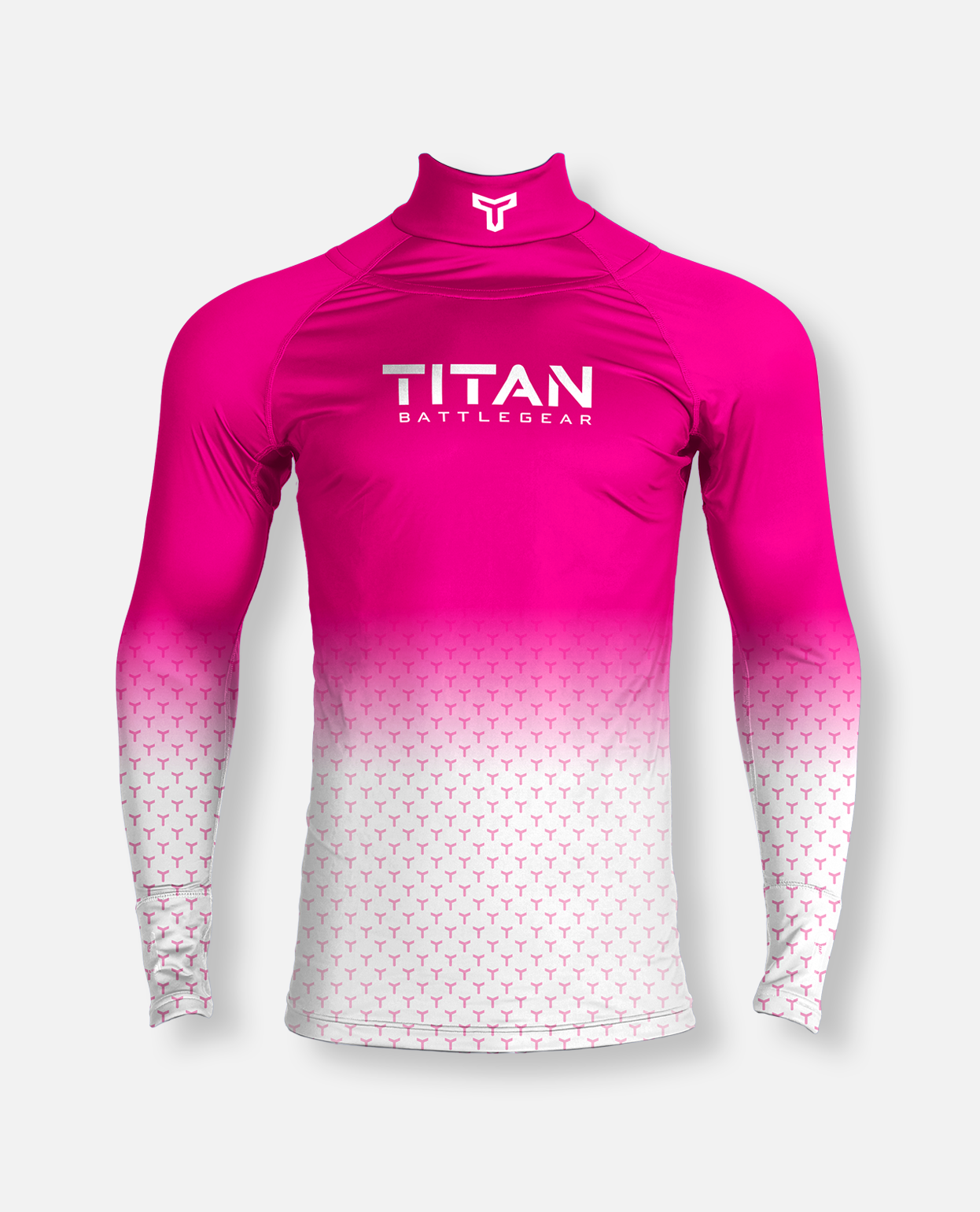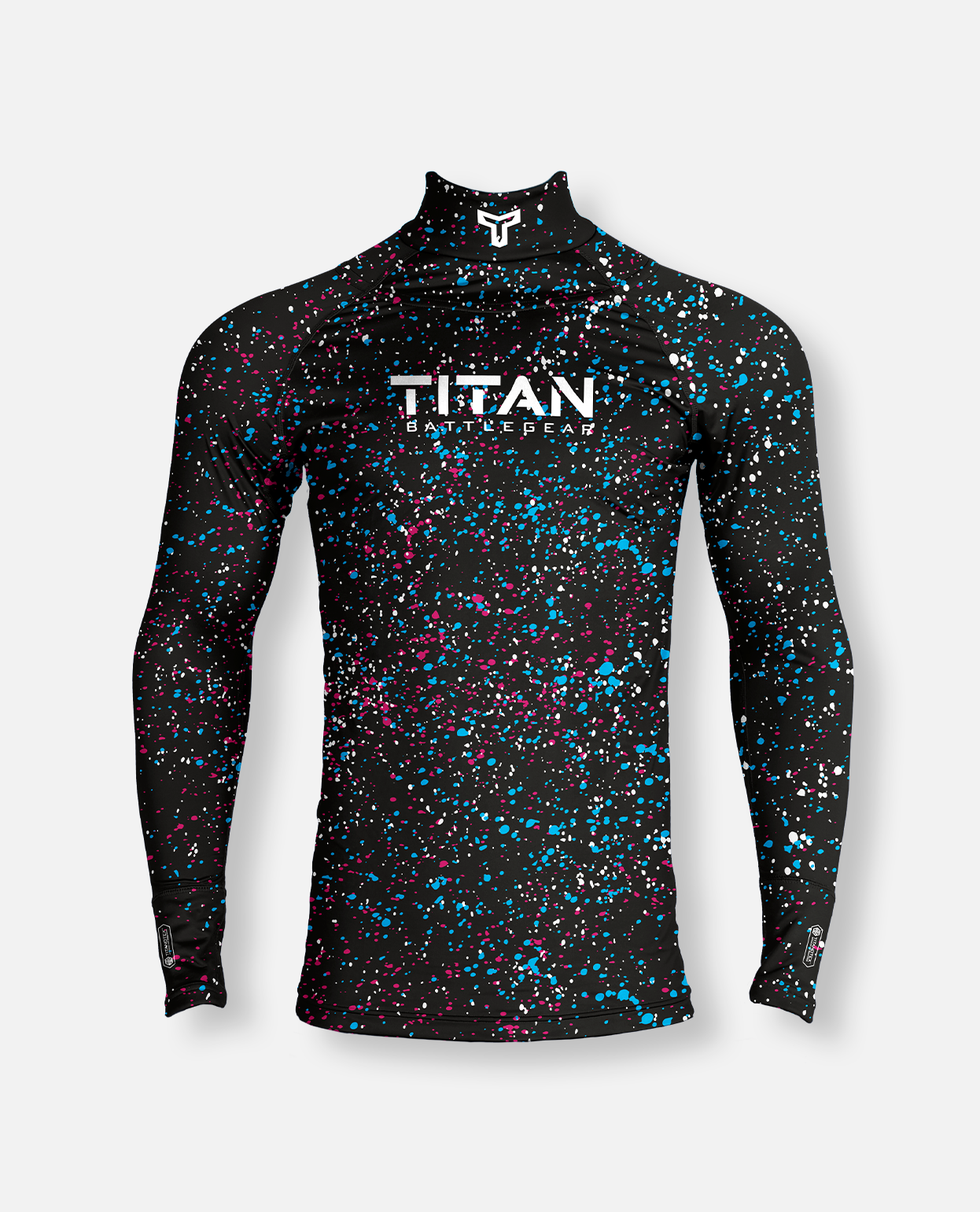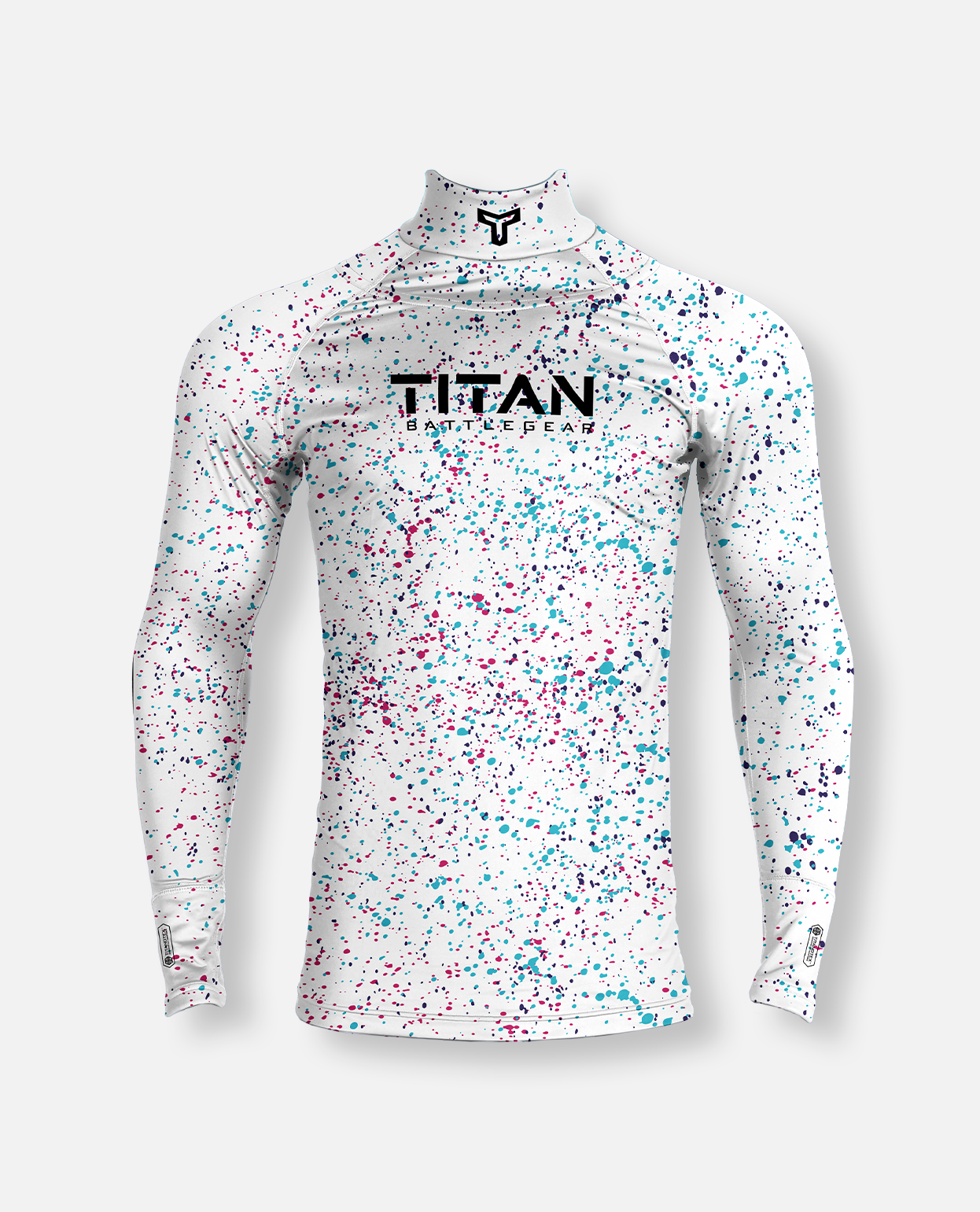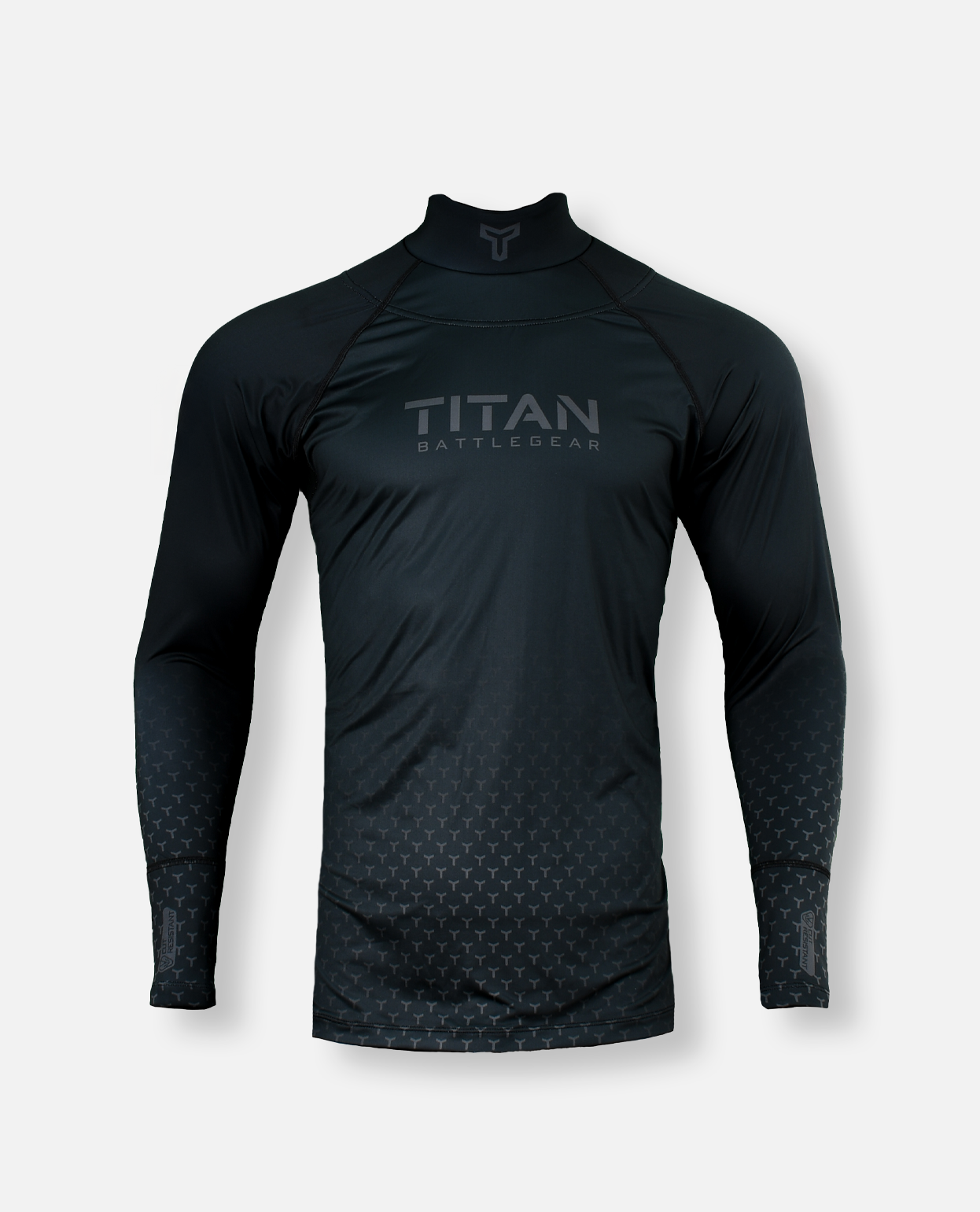Hockey is one of the fastest, hardest-hitting sports on the planet. It’s also one of the most dangerous. Players rip across the ice at over 20 mph, wearing razor-sharp skate blades that can slice through skin, muscle, and even arteries in an instant.
Yet, despite these risks, most teams still rely on outdated neck protection – or worse, they don’t upgrade until after tragedy strikes.
Ask yourself: Is your team really protected? Or are you assuming they are?
For years, parents, players, and coaches have accepted the status quo – whether because of tradition, cost concerns, or simply not knowing any better. But with cut-resistant hockey gear like Titan available today, there’s no excuse to keep players exposed to preventable laceration injuries.
The challenge? Change doesn’t happen unless someone speaks up.
Whether you're a parent, player, or coach, you have more power than you think. This guide will equip you with the facts, arguments, and strategies you need to convince your team to upgrade its neck safety standards – before it’s too late.
Part 1: The safety gap – why most teams aren’t doing enough
1.1 The illusion of safety
Most teams think they’re protecting their players simply because they follow league safety rules. But here’s the problem:
A study published in the Clinical Journal of Sport Medicine found that 1.8% of hockey injuries involve skate lacerations. (Source)
That number might sound small, but think about it like this:
- 2% of kids in every game.
- 2% of kids on every team.
- 2% of kids in a league.
- What if that 2% includes your kid?
When you hear "1.8%," it might seem insignificant. But to the parents of the 1.8% who suffer those injuries, it’s not a statistic. It’s everything.
No one expects their child to be the next injury story. But someone’s child always is.
1.2 The false sense of security: most neck guards aren’t actually protective
Now that USA Hockey has mandated neck protection for players under 18, most teams assume they’ve checked the box for safety.
But here’s the uncomfortable truth:
🔹 90-95% of neck guards on the market today are just foam and false confidence.
Put it to the test: what’s really in your hockey bag?
Think your player’s neck guard is actually protective? Try this challenge:
- Grab the neck guard from your child’s hockey bag.
- Take a kitchen knife – and give it a firm slice.
- Did it hold up? Or did the blade go right through?
If it failed this basic test, imagine what a sharp skate blade moving at full speed would do.
Still trust that piece of foam to stop a life-threatening injury?
Why most neck guards fail
- Most league-approved neck guards use thin foam padding – it absorbs impact but does almost nothing against a skate blade.
- Many so-called "cut-resistant" neck guards aren’t actually rated for high-level cut protection – they meet the bare minimum for compliance, not actual protection.
- Even the ones that claim to be cut-resistant only reach A2 or A3 on the ANSI cut resistance scale, which is nowhere near enough to stop a high-speed skate blade.
For comparison:
- Titan’s Titanotex™ material meets A8/A9 standards, the highest level of cut resistance available in hockey base layers.
- An A2 or A3-rated neck guard can still be sliced through with minimal force.
- A foam-only neck guard? That’s just a participation trophy.
(Curious what ANSI cut levels mean and why they matter? Click here for a no-nonsense guide to cut resistance levels)

🔹 The illusion of safety is dangerous. Players, coaches, and parents assume they’re protected, but most aren’t.
It’s not enough to require a neck guard. It has to actually work.
1.3 The reality of skate blade injuries
Most injuries in hockey are bruises, sprains, even the occasional broken bone. Skate blade injuries are different.
- Clint Malarchuk (1989): A skate blade severed his jugular vein – he nearly died on the ice.
- Richard Zednik (2008): A carotid artery laceration that required emergency surgery to save his life.
- Adam Johnson (2023): A tragic accident that took his life after a skate blade cut his neck during a game.
These aren’t just freak accidents. They’re proof that skate blades are lethal weapons when they make contact in the wrong way.
For the families, teammates, and hockey community left behind, the impact lasts forever.
A foam neck guard wouldn’t have helped these players. True cut resistance might have.
Instead of waiting for another tragedy to wake up the hockey world, it’s time to get ahead of the play now.
Part 2: Overcoming common objections to upgrade safety gear
2.1 "We’ve never needed this before"
🔹 Counterpoint: Hockey has evolved. So should safety.
- Players are faster and stronger than ever. The game has changed, and so should our approach to protection.
- Helmets weren’t always required; now, no one would step on the ice without one.
- Just because something wasn’t needed before doesn’t mean it isn’t necessary now.
2.2 "It’s too expensive"
🔹 Counterpoint: Hockey parents already spend thousands on gear – why is safety the corner we cut?
- A single stick costs $200-$300. A cut-resistant base layer costs less.
- Parents drop thousands on skates, travel, and equipment, but hesitate on gear that could prevent a life-threatening injury?
- The latest stick won’t protect your kid in a collision. A cut-resistant base layer will.
- The cost of regret is a lot higher than the cost of prevention.
This isn’t about money – it’s about priorities.
2.3 "It’s uncomfortable"
🔹 Counterpoint: Titan is engineered not only for safety and comfort, but also for performance.
- Old-school neck guards were bulky – Titan’s ergonomic fit moves with the player.
- Titan gear is built for high-performance athletes – moisture-wicking, breathable, and distraction-free.
- Players don’t even notice it once they start playing. But they’ll notice if they don’t have it when they need it most.
2.4 "It’s not required by our league"
🔹 Counterpoint: Just because it’s not required doesn’t mean it’s not necessary.
- USA Hockey now requires neck protection for players under 18.
- The IIHF mandates neck guards in all international play.
- Sweden and Finland have already implemented cut-resistant gear requirements at various levels.
- The smartest teams lead the way – don’t wait until an injury forces a rule change.
Final call to action – protect your team now
Hockey is fast. It’s physical. And when things go wrong, they happen in an instant.
You don’t wait to tape your stick until after it breaks. You don’t wait to replace dull skates after you fall. So why wait to upgrade protection until after a preventable injury happens?
🚨 This is the moment to act. Don’t just check the box. Make sure your team is actually protected.
Here’s how to take action today:
🔹 Outfit your entire team with Titan Battlegear. Get in touch with us to access bulk discounts, custom team designs, and the highest level of cut-resistant protection in hockey. Your team gets full safety without sacrificing comfort, performance, or style.
📄 Make change happen at the league level. Download our ready-to-send parent letter and hand it to your coach, team manager, or league administrator. This is how real change starts – by getting decision-makers to understand the problem.
🏒 Be the player, parent, or coach who takes action – before it's too late.



